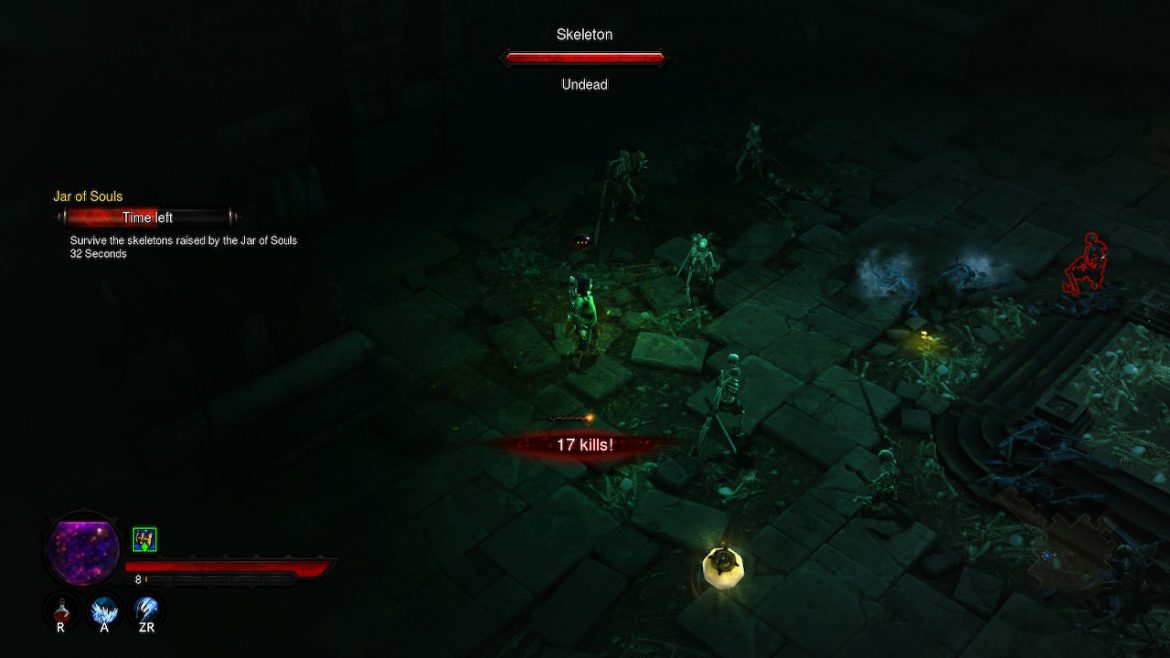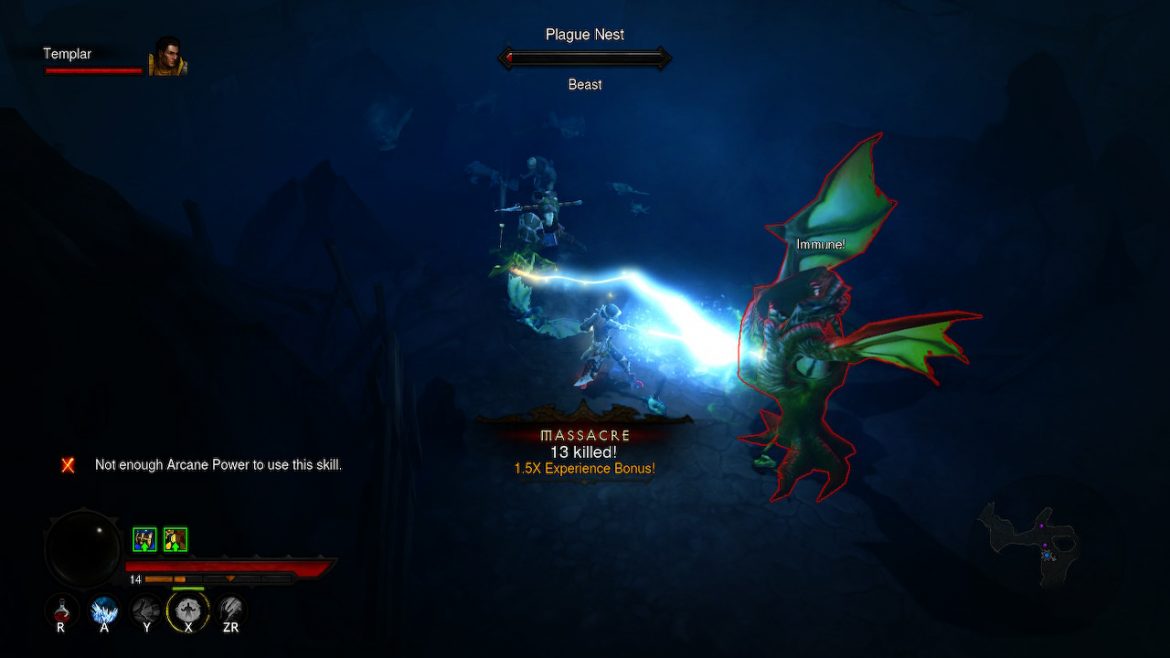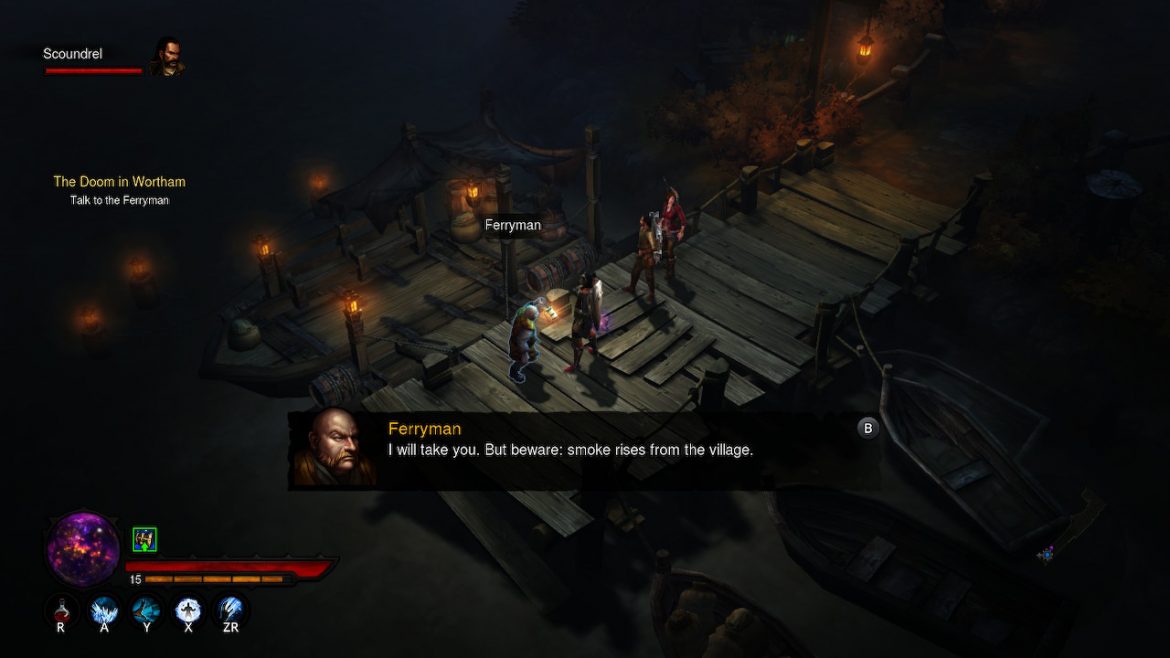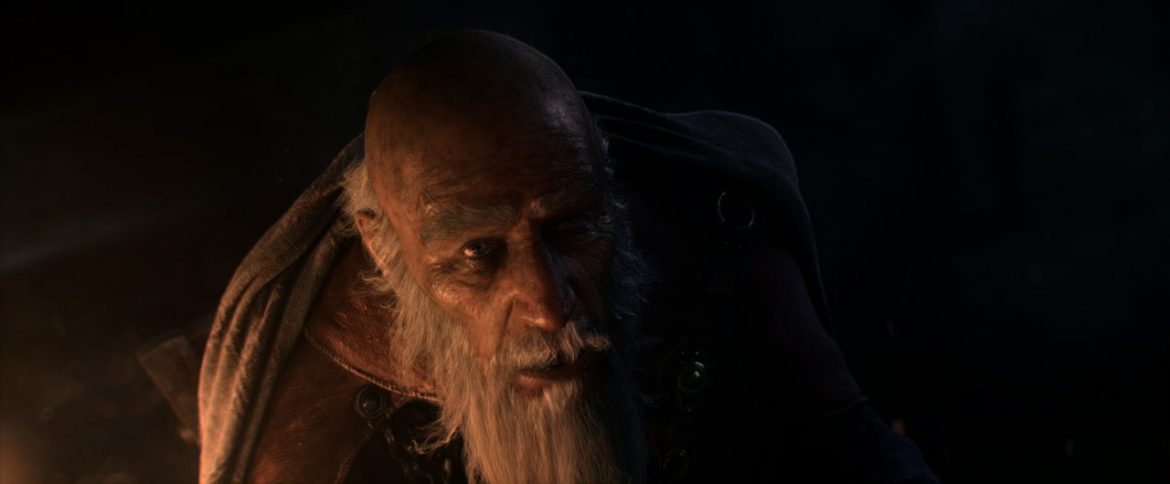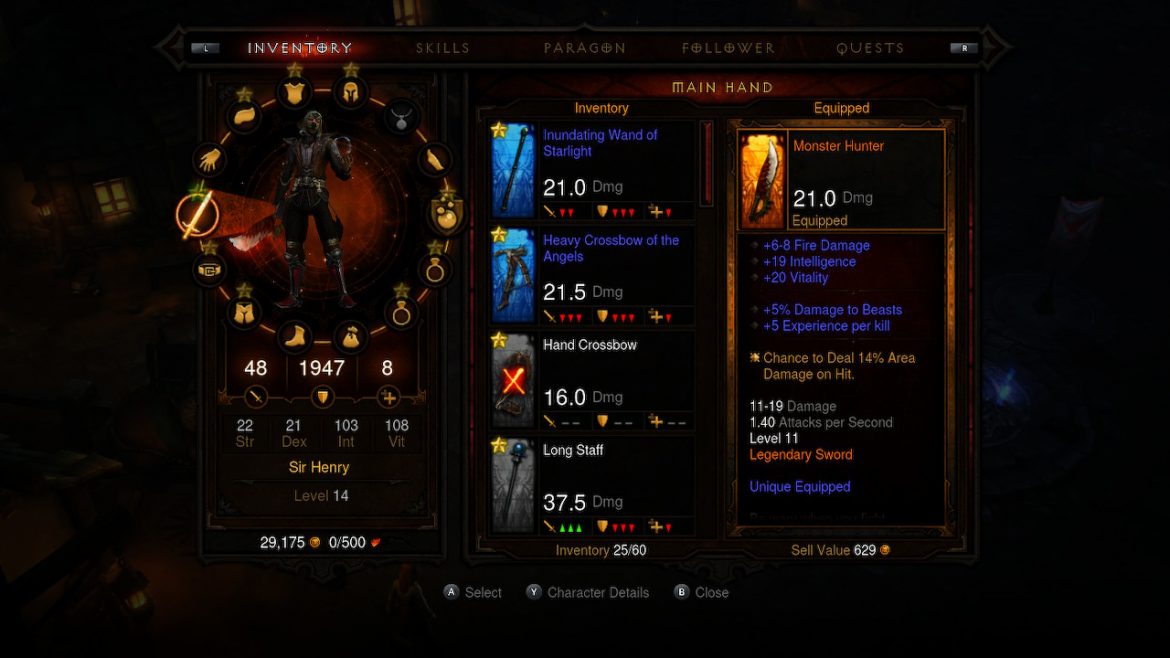TL;DR
Diablo III finally makes its way to the Nintendo Switch, and it's a fantastic fit for the hybrid console. The addictive monster-slaying gameplay, complete with all expansions, is perfect for both docked and on-the-go play, offering hours of content. While it doesn't boast the graphical fidelity of more powerful consoles, the performance is smooth, and the core experience remains incredibly satisfying. If you're looking for a deep action RPG that you can take anywhere, this port is a must-consider. Dive into the full review to see why this ancient evil is a modern-day gem on Switch!
Spelserien Diablo was first released in 1997 for PC, followed by a Playstation version the year after (marking its 20th anniversary on consoles this year). The sequel, Diablo II, arrived with the new millennium, but then the series went quiet for a considerable time. It took twelve years before Diablo III premiered on May 15, 2012 (and senses was present on launch day!). Now, more than six years later, it makes its debut on the Nintendo Switch, and it’s a game that seems perfectly suited for the console.
I won’t delve into the narrative of Diablo III, as it remains consistent with the previous six years (and essentially the past 20). Instead, I’ll focus on my experience playing it on Nintendo’s versatile console. As a relatively new Switch user, I first tested the device this summer while reviewing the Nintendo LABO Robot for senses.se. Since then, I’ve found myself engaged and playing more on the Switch than on my Xbox One. The Switch’s appeal lies in its dual nature – both stationary and portable – allowing me to continue gaming on commutes, during breaks, or anywhere else. This versatility complements Diablo III perfectly, as its addictive gameplay makes it ideal for gaming on the go. The ability to seamlessly transition gameplay without interrupting the monster-slaying experience is a definite plus.
Despite its fundamentally simple structure, Diablo III offers a compelling experience. The core gameplay loop involves traversing expansive environments and defeating waves of monsters, which proves surprisingly satisfying. Blizzard’s expertise in crafting engaging experiences shines through, creating a game that encourages extended play, similar to their successes with Overwatch and Hearthstone. Surrounding this central mechanic is a rich lore, and the Switch release includes all expansions released over the past six years. This comprehensive package delivers a substantial amount of content and extensive replayability.
The game performs admirably on the Switch, exhibiting no noticeable lag, even in handheld mode. While the framerate is reduced in portable mode, and it doesn’t achieve the 4K resolution of the PS4 Pro and Xbox One X versions, the experience remains fluid. A minor drawback is the potential for visual clutter and reduced visibility in darker areas on the smaller screen, making it easier to miss details. The game mitigates this by outlining enemies in red, ensuring they remain visible. However, certain bonuses and items may be overlooked. Utilizing a larger display, such as a TV, enhances the visual fidelity. While a 4K display would further improve the experience, the game also benefits from excellent sound design, skilled voice acting, and well-produced cutscenes that enrich the narrative.
The inherent nature of Diablo III, being centered around repetitive monster slaying, presents both a strength and a potential weakness. The gameplay loop can, at times, feel somewhat monotonous. However, brief breaks can alleviate this, allowing players to return to the game refreshed. Furthermore, the initial difficulty level may feel too easy, allowing players to progress through the early stages without significant challenge. This may be attributed more to the difficulty setting than player skill.
According to Wikipedia, Nintendo acquired the rights to Diablo in 1997 and commenced development on a Gameboy Color and Gameboy Advance version, tentatively titled Diablo Junior. However, escalating development costs led to the project’s abandonment. Now, 21 years later, Diablo III has finally arrived on the Nintendo Switch and represents a worthwhile investment.


